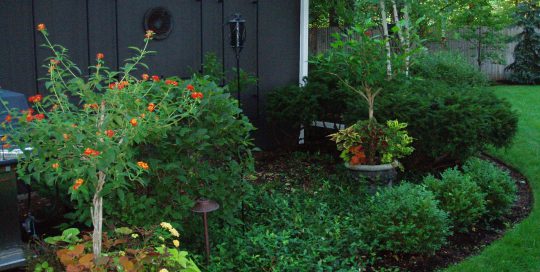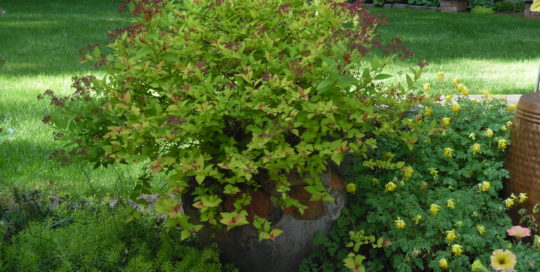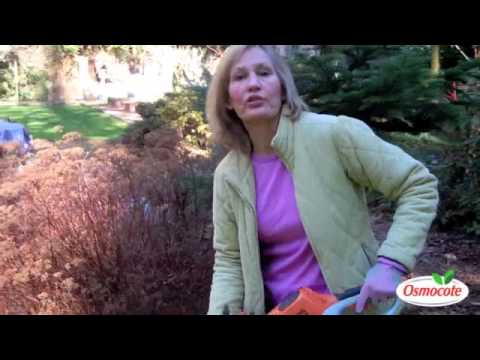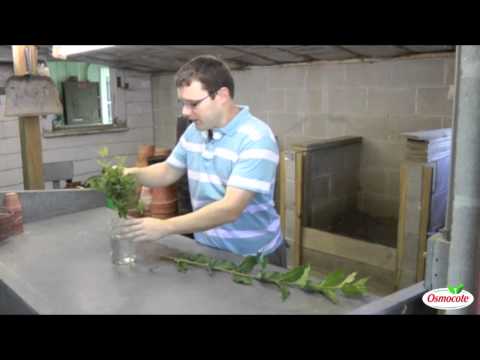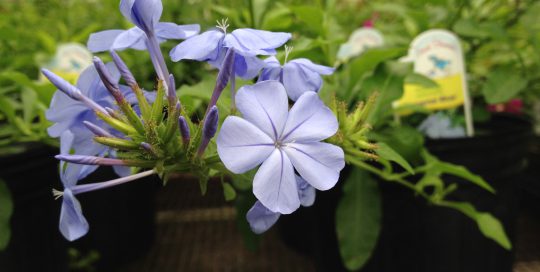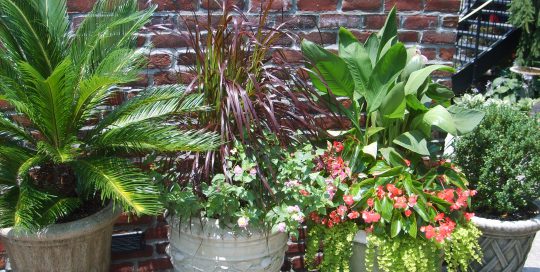How to plant Camellias in containers
A common mistakes is to plant the Camellia too deeply. The top of the soil ball should be just slightly higher than the rest of the soil in the pot. One inch is a good rule of thumb. That allows the root ball to settle into the pot and not suffocate the rootzone.
What to consider when purchasing Camellias for containers
When purchasing a new Camellia, remember they are slow growing, so they tend to be a little pricier than a typical houseplant. I prefer to find a nursery or garden center and shop in person, and WHEN the Camellias are flowering. That way you know without a doubt exactly what color/size/form you are getting. Plants get mislabeled or destroyed and sometimes what you thought was white ends up being red and pink variegated! Camellias can also be purchased online. A simple Google search should work.
When to buy Camellias for containers
As noted earlier, the three most popular Camellias are C. sasanqua, C. japonica, and C. reticulata. Each one has a slightly different flowering time.
Camellia sasanqua are fall bloomers. Flowering begins as early as September and can lasts until late December or early January, depending on weather. This variety has smaller blooms, but the blossoms are in much abundance.
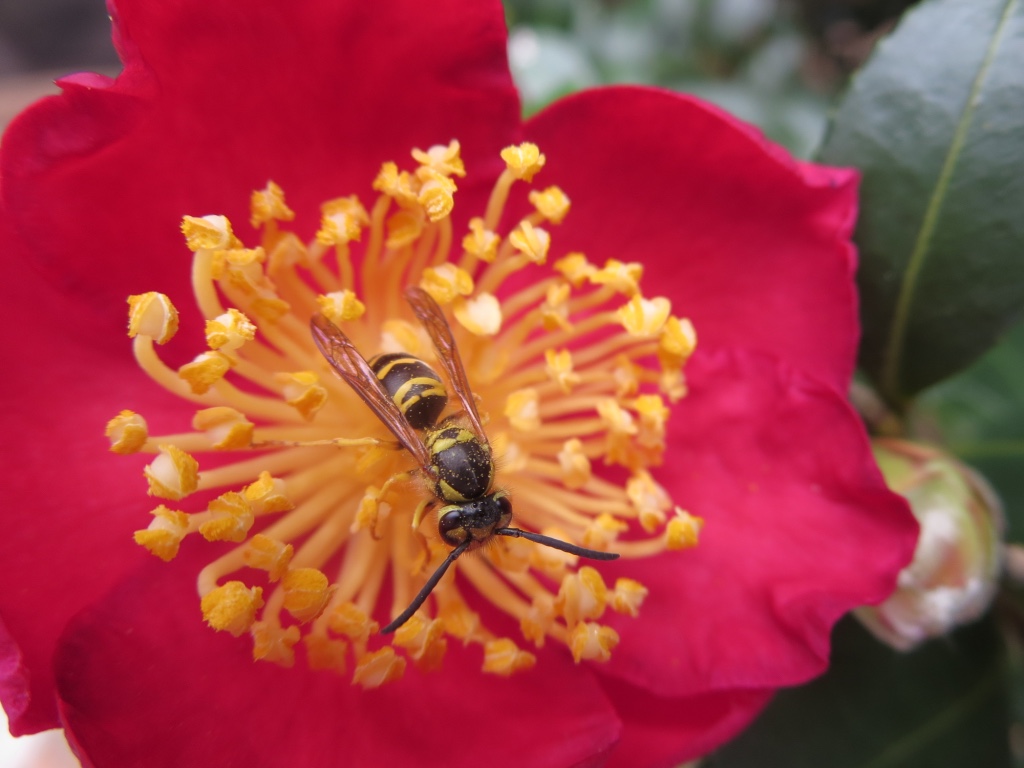
Pollinator on Camellia Sasanqua – photo by scgardener
Camellia japonica is considered a winter bloomer. That is a little misleading because flowering can start in October and go on through late April or early May, again weather dependent. These have larger blossoms, and while they are not as abundant as the sasanquas, they can fill a plant with color.
Camellia reticulatas blooms start a little later, usually January. These are the most-cold sensitive of the three but tend to have much larger blooms than the other two. ‘Retics’ as they are sometimes called, are more suitable to warmer regions. They must be protected when temperatures drop below freezing. While the plants will survive into the mid 20’s, the blooms will not.
Where to place Camellias in containers
When deciding where to place your containers, all three species like dappled sun. Underneath a pine tree or oak tree is perfect. The sasanquas can handle a little more sun than the other two. So, if you have a spot that is smaller than the amount of plants you have, place the sasanqua out on the outer edge in the brighter light and the other two inside the space. For
Enemies of Camellias in containers
For the most part, camellias have few real enemies. Tea scale, spider mites and aphids are the top three pests. Neem oil will work on all three of them. Aphids can be controlled with Insecticidal soap with or without the Neem oil addition.
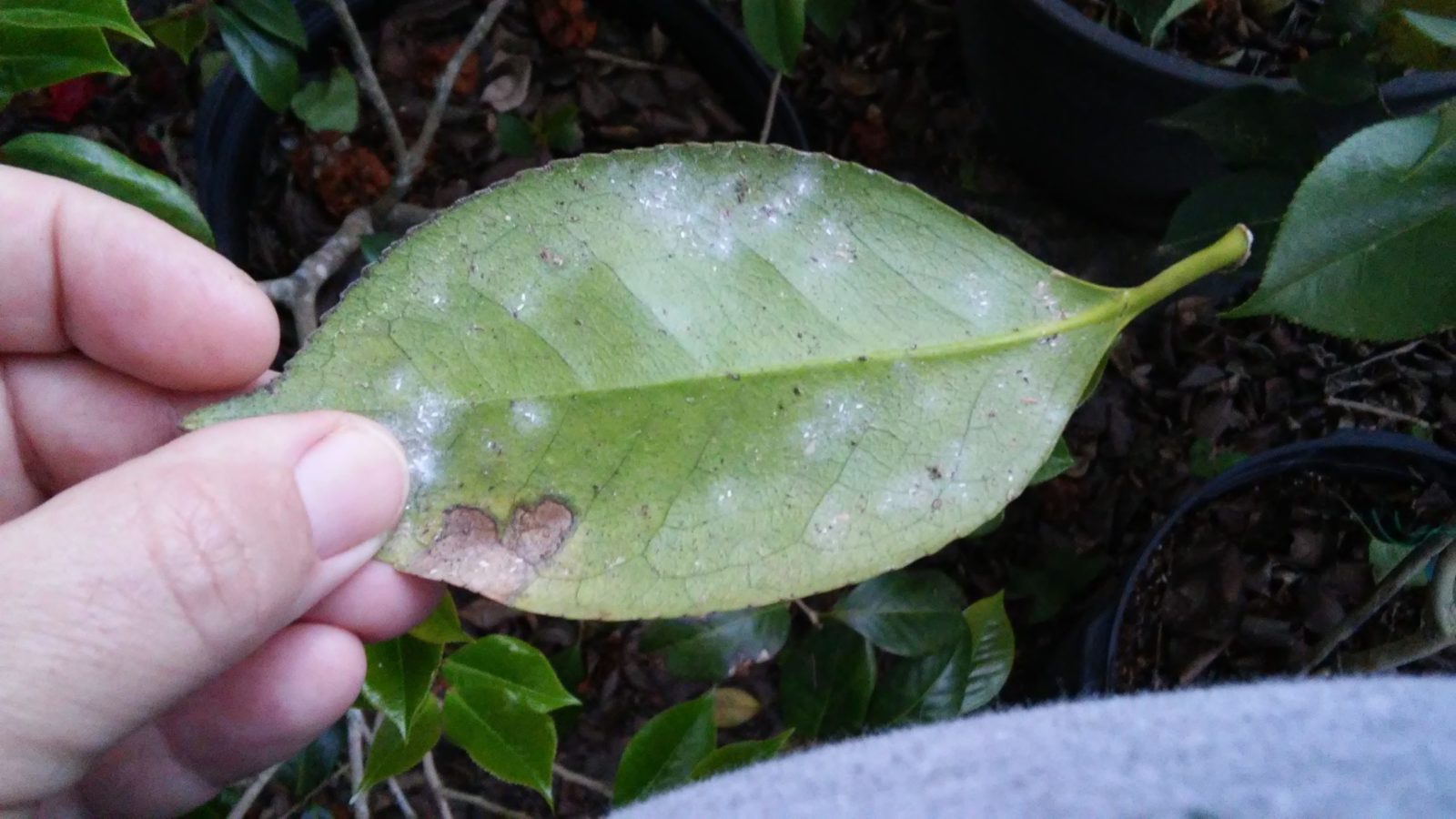
Tea Scale on Camellia Leaf – photo by Darren Sheriff
Other resources for information about Camellias
Camellias are popular so there are many good places to find more information on their care online. A highly respected resource would be The American Camellia Society. (https://www.americancamellias.com/)
There you can find information about the different newly registered camellias, information on grafting and other propagation methods, plus you can locate a show that may be coming to your area. Camellias have a whole world of people that exhibit and compete against each other for the prettiest blooms. Another resource I recommend is The International Camellia Society (https://internationalcamellia.org/).
In Conclusion
I highly encourage you to give one of the different species of Camellias a trial. The colors will amaze you from the deepest reds to hot pinks, white, striped, variegated, and pretty much all things in between. Their sizes are also remarkable, some being no wider than 1 inch up to 5+ inches in diameter.
Photo #3-2016 Murrells Inlet- A typical site at a camellia show during blooming season. Typically October through April at many different places throughout the United States.
Photo #4-2016 Columbia Camellia Show- A typical site at a camellia show during blooming season. Typically October through April at many different places throughout the United States.

